在蟻巢內蓄勢待發,看好時機,飛出巢外,交配落地,趕緊找新家!
這是螞蟻的交配儀式,由於都在空中進行,因此稱「婚飛」,這是螞蟻世界裡,年度盛事。
階級與工作
螞蟻的分工明確,甚至連「繁殖」這項工作,也被明確的劃分出去,唯一具有繁殖能力的螞蟻,是蟻后和雄蟻,他們背負著擴大族群、散步基因的工作,也稱繁殖蟻。
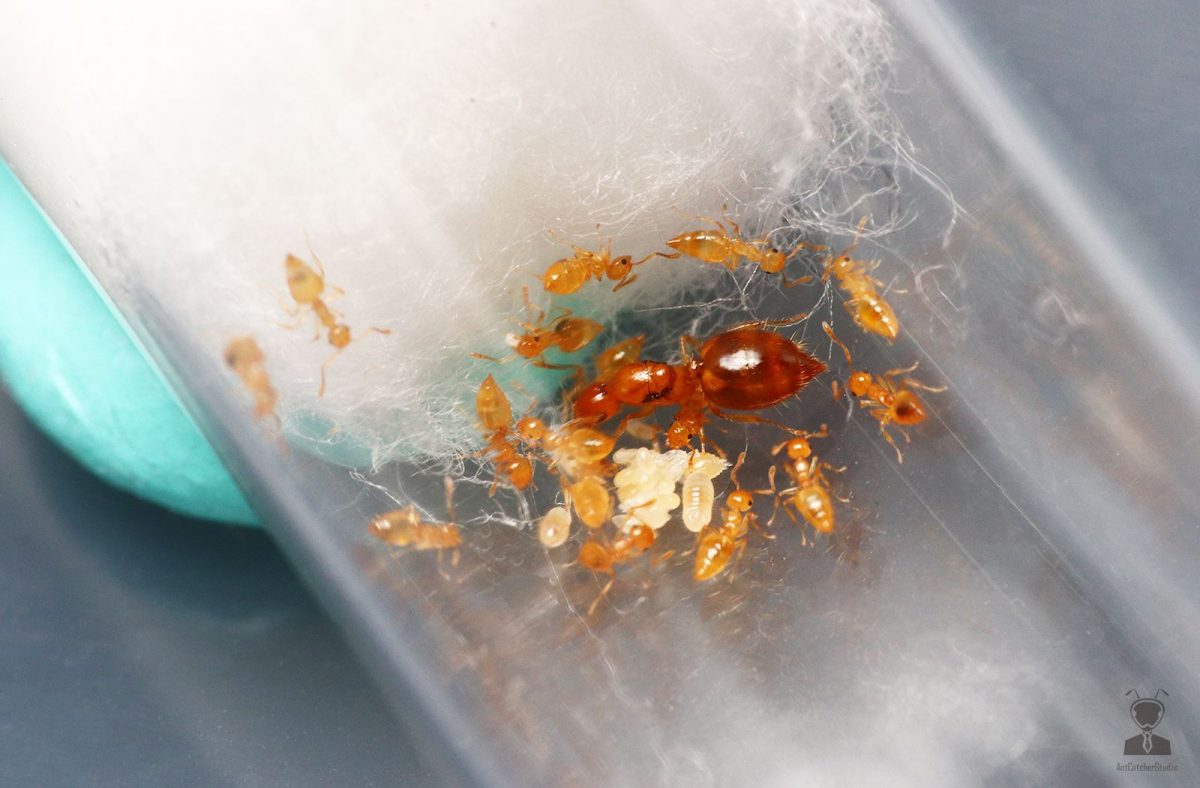
婚飛的主角
還未交配過;未能離家的新生蟻后,稱為處女蟻后,在螞蟻的世界裡,婚飛季節的主角,正是數量龐大的處女蟻后和雄蟻。
在婚飛季節來臨前的幾個月,繁殖蟻會先出生,並且在接下來的時間中,努力在蟻巢內準備,等待著生殖器官的成熟,並盡可能多的,貯存脂肪和營養在體內,面對接下來,生命中最重要的時刻,他們蓄勢待發。
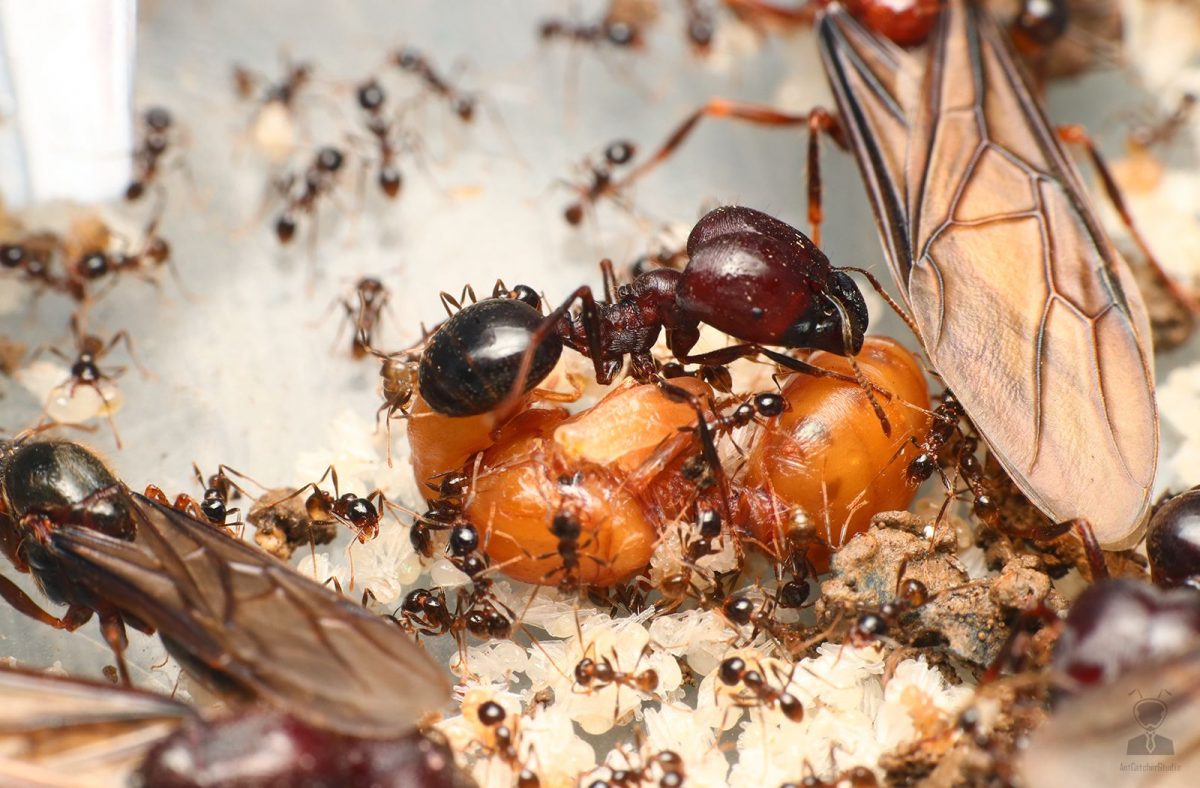
婚飛儀式
螞蟻的交配,也稱婚飛儀式。
婚飛時,雄蟻會先飛到空中,分泌費洛蒙,這是一個信號,當空氣中的信號,足夠濃郁時,就輪到處女蟻后起飛。
在選定的日子裡,雄蟻會從巢穴中飛出,而蟻后則會選擇最強壯的雄蟻作為交配對象。
這個儀式通常是在清晨或者傍晚時分進行,這時的溫度適中,風速也相對較小。雄螞蟻和蟻后會在空中相遇,並在適當的時候進行交配。
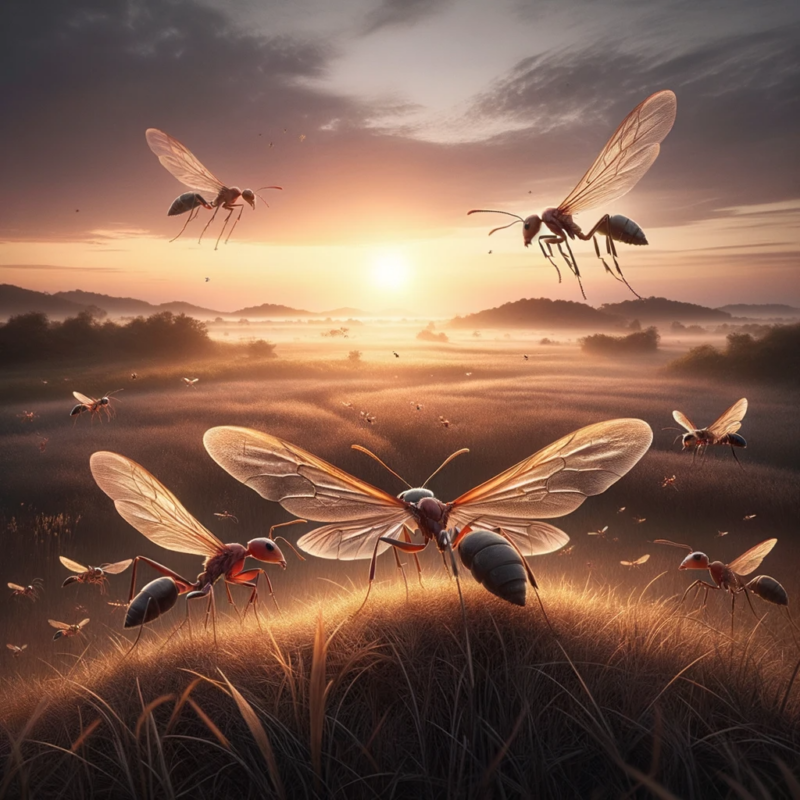
婚飛的時機
婚飛的時機由幾個因素決定:溫度、濕度、風速、時間。
較高溫的天氣,有利於昆蟲的活動力,降雨後的濕潤土壤,有利於蟻后挖掘土表;建立巢穴。
這通常會在潮濕的溽暑進行,尤其是帶點微風的傍晚時分,微風與較高的濕度,都有利於螞蟻的飛行,和費洛蒙的傳播,在台灣,螞蟻的婚飛通常集中在在5月~8月之間。
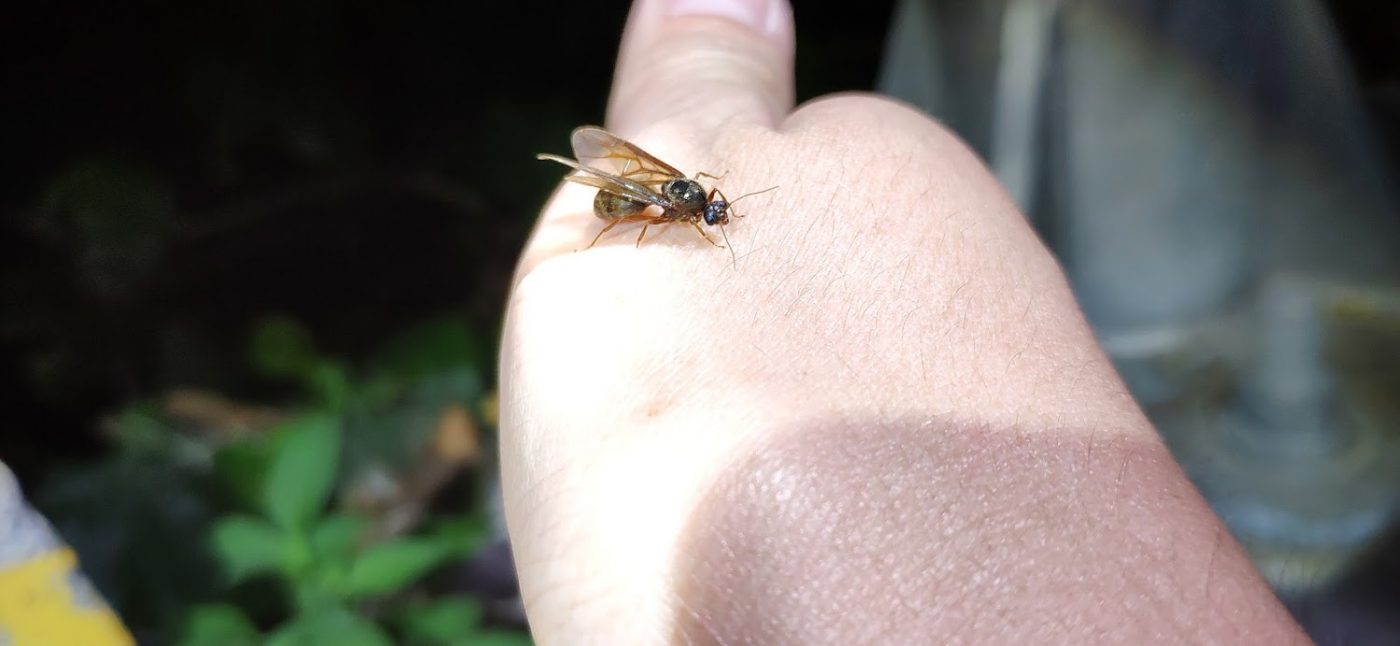
婚飛場所的選擇
婚飛通常發生在特定的地點,這些地點通常具有突出的景觀特徵,例如陽光照射的空地、森林邊緣、山頂或高層建築的頂部。
特別的是,在同一個區域中的同種螞蟻,會不約而同的,在同一時間、同一地點婚飛,有些螞蟻甚至有著「記憶傳承」,例如連續10年,每一批婚飛的繁殖蟻,都會在一個,沒有任何指標,沒有任何特徵的荒地進行婚飛。
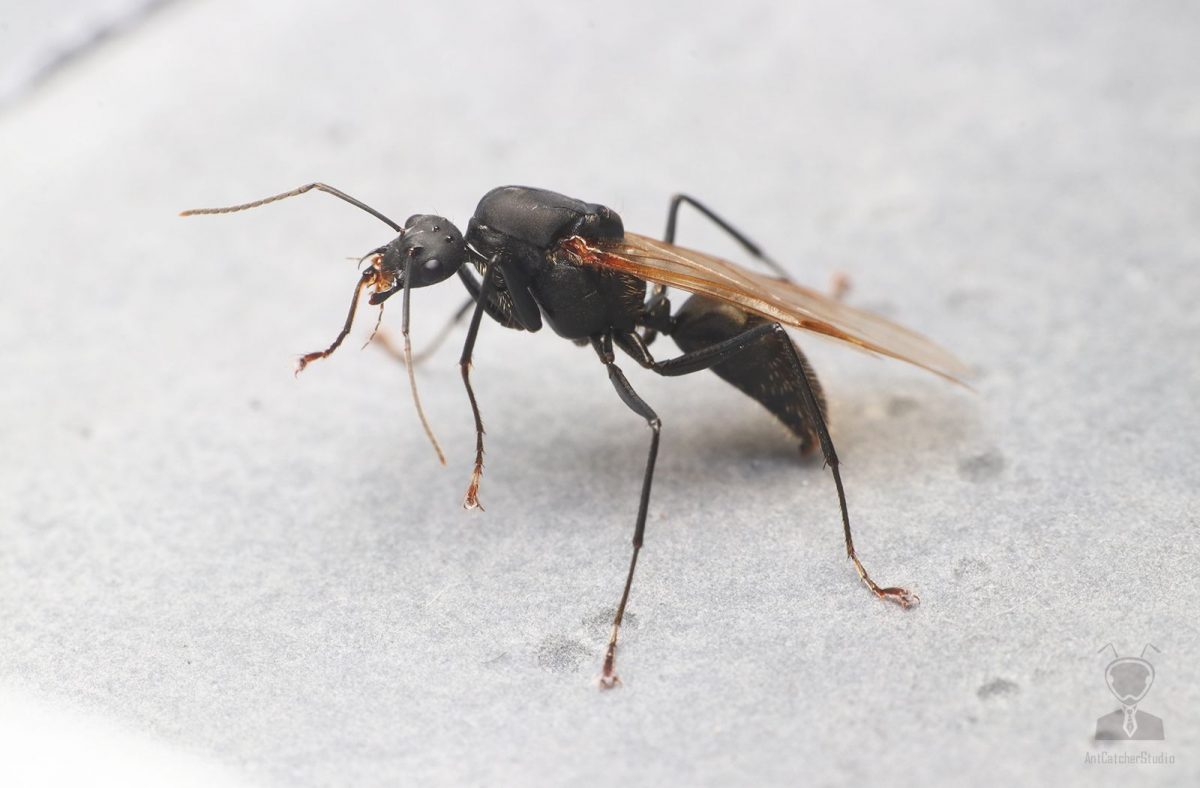
高空的戀曲
雄性通常會先從巢中飛出,一旦升到高空,它們最初會隨風飄移,但幾秒鐘後,便會逆風或橫風飛行,不久後到達群聚地點。在這些地點,它們會與雌蟻交配,形成繁殖群聚,並通過競爭,來贏得交配的機會。
交配後,蟻后會廣泛分散,脫落翅膀,開始挖掘新的巢穴。
例如,紅火蟻的雄蟻和蟻后,能夠飛到250公尺,甚至更高的高度,並在交配後,降落到距離出發地2.5公里的區域。
婚飛的流程
交配的具體流程很簡單,但卻非常重要。
通常,雄蟻會將其生殖器插入蟻后的生殖道中,並釋放精子。過程很快,但這是確保螞蟻族群得以延續的關鍵步驟。
蟻后在交配後,會儲存雄蟻的精子,用於生產幼蟲,蟻后的壽命大約10~20年,終其一生只需要交配一次。而雄蟻在完成交配任務後,壽命就會走到結束。
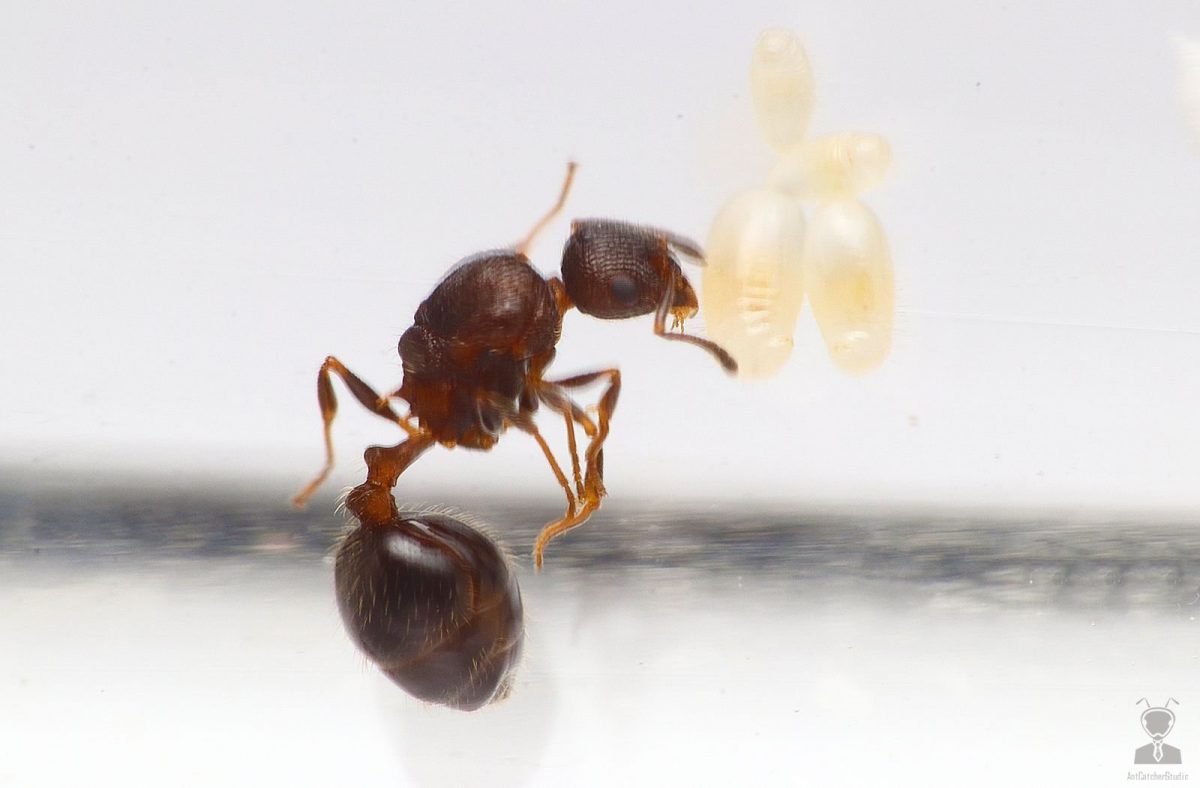
婚飛後的生活
交配後,我們稱其為新后。
他會先降落在地面,退去牠的翅膀,接著四處奔走,尋找並挖掘自己的新蟻巢,最後開始產卵。
新后會投入所有資源,獨自照顧初期的卵和幼蟲,直至第一批工蟻成熟,成熟後的工蟻,會開始協助蟻后,進行更多的工作,如採集食物和照顧其他幼蟲。
在第一批工蟻出生前,蟻后通常不會進食,而是溶解自身翅膀的肌肉,取得營養,因為他已不再需要飛行能力了,同時,依靠體內預先貯存的大量脂肪,撐過這一個艱苦的時期。
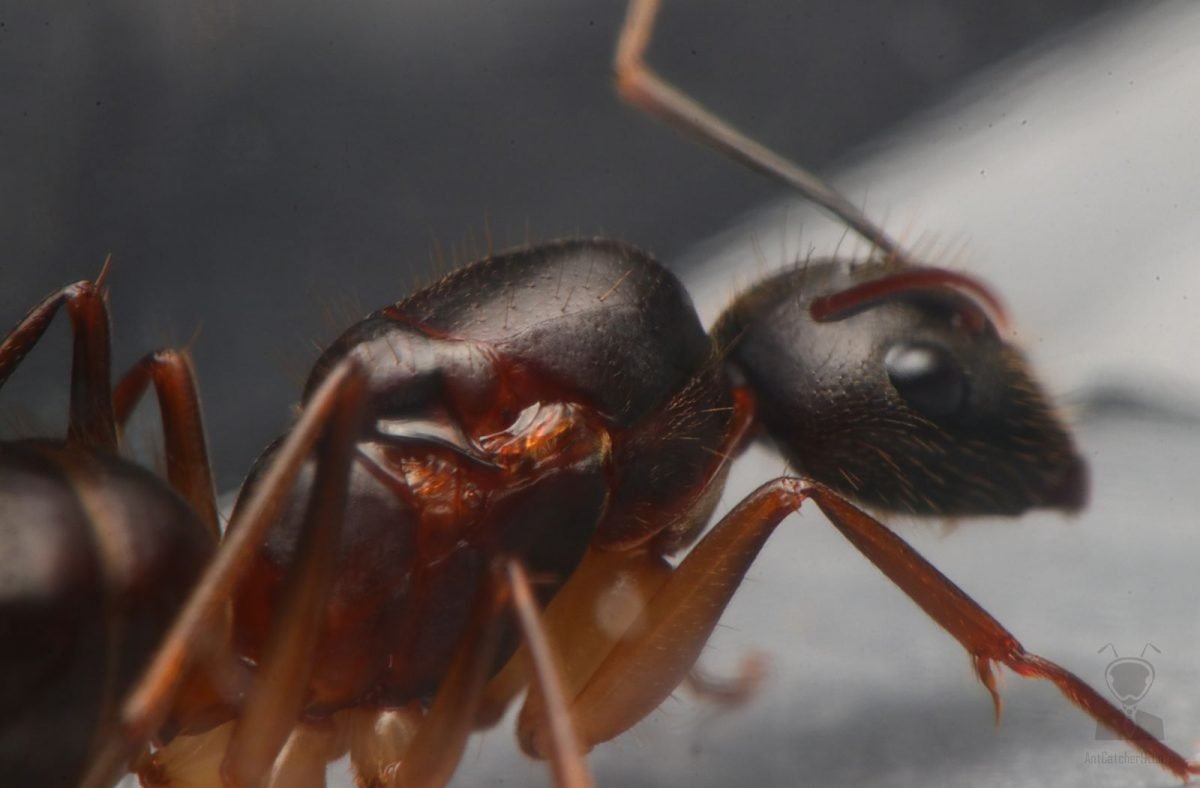
婚飛的生存挑戰
大多數處女蟻后離開母巢後,馬上就會面臨生命的威脅。
新后體內貯存大量脂肪,對於其他動物來說,是非常營養又美味的食物,空中鳥類的捕食、地面的蜘蛛、青蛙、食蟲動物、其他昆蟲,這些都是新后必須躲避的敵人,甚至還必須避免降落在錯誤的地方。
在首批工蟻羽化之前,仍有許多挑戰,此階段考驗的,不只蟻后的體質、能力,更考驗他的運氣,因為任何一個事件,都可能影響重大,例如乾旱、其他掠食者入侵、幼蟲遭感染死亡等,唯有體質最好、運氣最佳的蟻后,才能是贏家。
在有大量人口的螞蟻群落中,例如切葉蟻和火蟻,一個蟻群在短短的時間內,釋放數百甚至數千隻蟻后是常見的現象。如果周遭地區主要由穩定、成熟的螞蟻群落佔據,那麼只有寥寥無幾的蟻后能夠成功地成為新群體的母后。
根據研究,能夠活到1歲的新后,機率不到1%
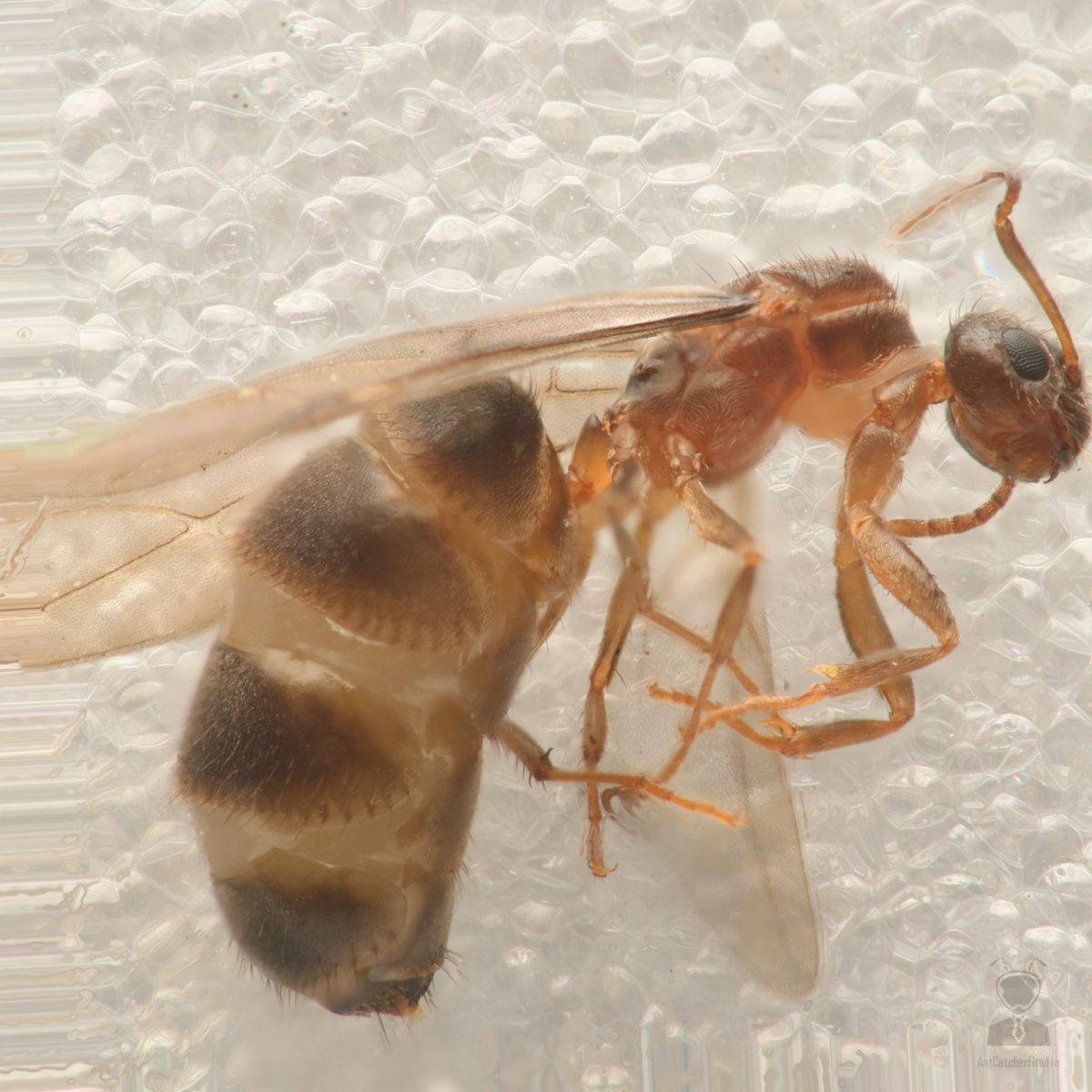
自然選擇
在螞蟻的世界中,自然選擇起著重要的作用。
只有最強壯、最適應環境的螞蟻,才能成功交配並生產下一代。自然選擇確保了螞蟻族群的健康和強壯,並且有助於它們在各種環境條件下生存和繁衍。
自然選擇不僅影響螞蟻的交配,還影響著整個蟻群的結構和行為。通過自然選擇,螞蟻族群能夠不斷適應變化的環境,並且保持其生態系統的穩定和繁榮。
結論
螞蟻的交配儀式是自然界中一個非常壯觀的現象。通過了解螞蟻的交配過程,我們可以更好地理解這些微小生物如何確保他們族群的延續,以及他們如何適應不斷變化的環境。不過,這篇文章僅僅觸及了表面,螞蟻世界的奧秘仍然等待著我們去探索。
螞蟻的交配不僅是一種生物生殖的方式,它也是自然界中無數生命循環和生態系統平衡的鮮活展示。他們的生活和生態系統為我們展示了自然界的奇蹟,也讓我們認識到生命的多樣性和複雜性。透過對螞蟻交配儀式的探索,我們不僅可以獲得知識,還可以對生命和自然有更深的理解。
FAQ
- 螞蟻的婚飛儀式通常何時進行?
- 螞蟻的婚飛儀式通常在溫暖的季節,如春季或夏季進行,並且通常選擇溫度適中,風速較小的日子。
- 雄蟻在交配後會發生什麼?
- 雄蟻在交配後通常會很快死去,他們的主要使命是將基因傳遞給蟻后。
- 蟻后交配後會做什麼?
- 蟻后交配後會開始尋找適合建立新蟻巢的地方,並開始挖掘巢穴,產卵並照顧幼蟲。
- 蟻后只需要交配一次嗎?
- 沒錯,蟻后通常一生只交配一次,他有特殊的方法,可以保存這些精子十餘年,並且在有需要的時候取出使用。
- 蟻后可以存儲多少精子?
- 蟻后可以存儲數百萬甚至數千萬精子。
- 雄蟻和工蟻有什麼區別?
- 雄蟻的主要功能是交配,而工蟻是無法繁殖的,主要負責尋找食物、建造和維護巢穴以及照顧幼蟲。
- 螞蟻如何選擇交配的伴侶?
- 螞蟻通常會在婚飛儀式中隨機選擇交配伴侶,但蟻后傾向於選擇最強壯的雄蟻作為交配對象。
- 蟻巢裡有幾隻蟻后?
- 通常只有一隻或多隻的元老蟻后可以生產,其餘新生的處女蟻后則需要找尋新地方,建立自己的巢穴。
- 新群落的成功建立率有多高?
- 新群落的成功率非常低,通常不足1%。
